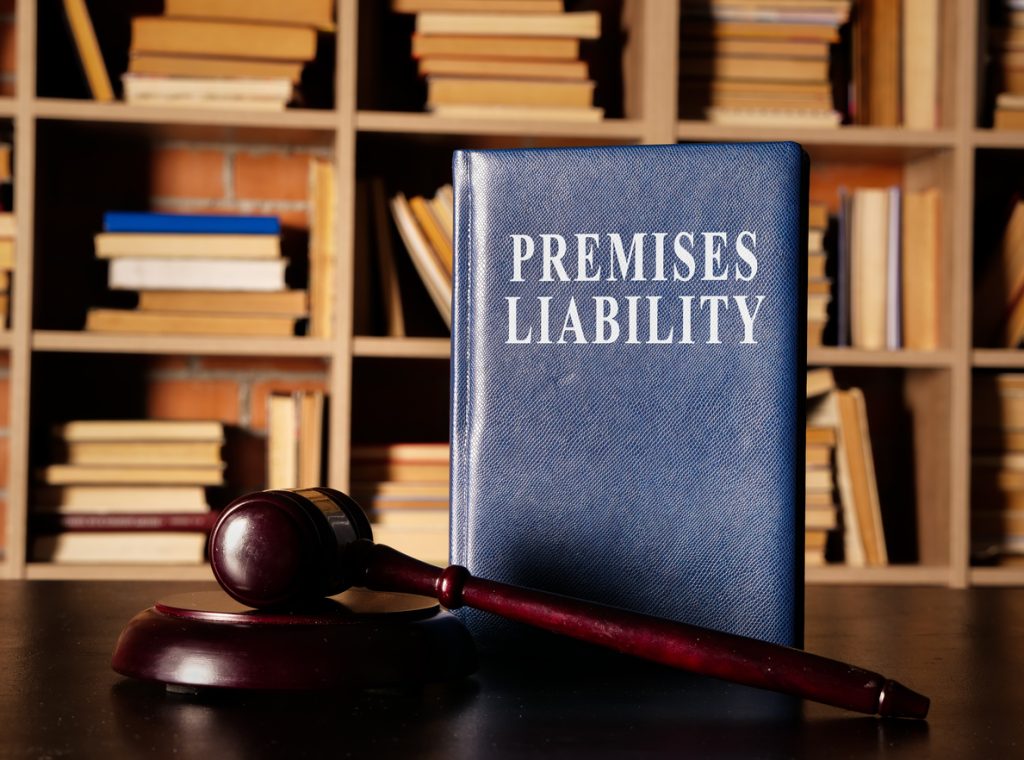Understand Your Rights. Solve Your Legal Problems


These claims arise when an individual is injured on someone’s property because of the property owner's negligence. Understanding the nuances of these claims is crucial for anyone seeking maximum compensation. This guide provides details on how plaintiffs can handle premises liability claims, ensuring they are well-equipped to pursue the compensation they deserve.
It speaks to everyone's legal obligation to make sure their properties are at least somewhat safe for guests. This culpability extends to a variety of events, including falls and slips as well as injuries brought on by poor maintenance. A property owner's need to exercise reasonable care for guests depends on their classification.
· People who come into the property for work-related reasons, like patrons of a store, are guests. The highest duty of care is owed by property owners to guests, necessitating routine site inspections and hazard correction.
· Conversely, individuals who enter the property for personal reasons, such as social guests, are known as licensees. The owner's obligation to licensees includes alerting them to known risks, although it does not always entail conducting routine inspections.
· Owners owe the minimal duty of care to trespassers, who enter without authorization; usually, property owners are simply required to prevent willful or wanton harm.
An example of an invitee who could sue a property owner for premises liability might involve a shopper in a grocery store. If the store failed to address a spill in an aisle, and the shopper slipped and sustained an injury, the store could be liable. In this case, the shopper is an invitee, and the store owner's failure to maintain a safe environment or provide warnings about the hazard breaches the high duty of care owed to invitees, potentially leading to a successful premises liability claim.
According to Dwayne Brown - Personal Injury Attorney, special consideration is given to children, especially under the attractive nuisance doctrine. This legal concept acknowledges that children are often unable to assess risks properly and may be lured onto properties by features like swimming pools or trampolines. One could be liable for injuries to child trespassers if it's found that an attractive nuisance was not adequately secured or warnings were not provided.
Managing a premises liability claim effectively is crucial for plaintiffs seeking justice and compensation for injuries sustained on someone else's property. This process involves several key steps, from identifying potential hazards to navigating the complexities of legal proceedings.
The first thing to do in a premises liability claim is to identify potential hazards that caused the injury. Common risks include slippery floors, uneven surfaces, poor lighting, and obstructed pathways. Once a hazard is identified, it's essential to document it thoroughly. This documentation should include taking photographs of the hazard, noting the exact time and date of the incident, and collecting statements from any witnesses.
For a claim to be successful, two main legal elements must be established: duty of care and breach of duty. The victim must establish that the defendant had the duty to ensure the security of the premises and that this duty was breached. Proving these elements requires a clear understanding of legal obligations and standards.
Substantial evidence is the backbone of a successful premises liability claim. This includes not only the documentation of the hazard but also medical records that detail the injuries sustained and testimonies from witnesses. Gathering and preserving this evidence promptly is vital to maintain its accuracy and relevance.
Working with a personal injury law firm is vital in managing a premises liability claim. An experienced lawyer offers invaluable legal advice, evaluate the case thoroughly, and provide representation throughout the legal process. They play a crucial role in negotiating with insurance companies and protecting the plaintiff's rights.
In premises liability cases, plaintiffs may be entitled to various damages, including medical expenses, lost wages, and compensation for pain and suffering. An attorney accurately calculates these damages, considering both current and future impacts, to maximize the compensation received.
Dealing with insurance companies is difficult, as they often aim to minimize payouts. An experienced attorney can effectively negotiate with these companies, avoiding common pitfalls and lowball offers. Additionally, if a fair settlement cannot be reached through negotiations, the attorney can guide the plaintiff through the litigation process. While settling out of court is often preferable due to its less time-consuming and costly nature, going to court may be necessary to achieve fair compensation.
Managing a premises liability claim involves several strategic steps, from documenting the hazard to negotiating settlements or litigating in court. With the help of a skilled personal injury attorney, plaintiffs can navigate these steps effectively, maximizing their chances of obtaining the damages they deserve.





